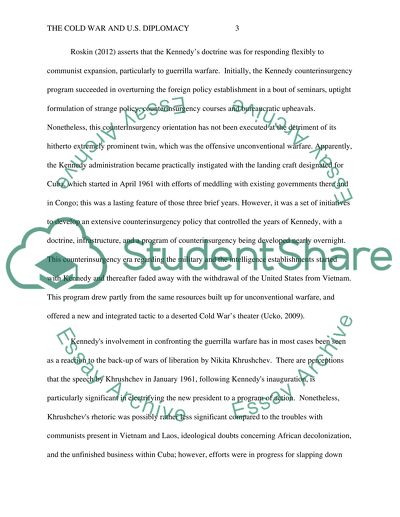Cite this document
(“The Cold War and U.S. Diplomacy Research Paper Example | Topics and Well Written Essays - 1250 words”, n.d.)
Retrieved from https://studentshare.org/history/1455412-the-cold-war-and-us-diplomacy
Retrieved from https://studentshare.org/history/1455412-the-cold-war-and-us-diplomacy
(The Cold War and U.S. Diplomacy Research Paper Example | Topics and Well Written Essays - 1250 Words)
https://studentshare.org/history/1455412-the-cold-war-and-us-diplomacy.
https://studentshare.org/history/1455412-the-cold-war-and-us-diplomacy.
“The Cold War and U.S. Diplomacy Research Paper Example | Topics and Well Written Essays - 1250 Words”, n.d. https://studentshare.org/history/1455412-the-cold-war-and-us-diplomacy.


